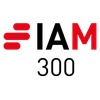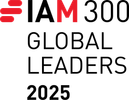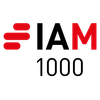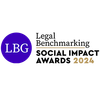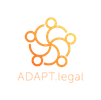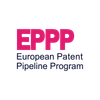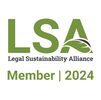When it comes to safeguarding medical devices, patents are widely recognised for providing strong protection.
However, the patent process can be slow and expensive. Furthermore, patents may not always be suitable or feasible for certain aspects of a new medical device. In such situations, Registered Designs offer an alternative solution and serve as a valuable means of protecting innovation.
Design or patent protection for my medical device
Registered Designs can be applied for and registered within a relatively short period, typically four weeks in the UK and even less for Community Registered Designs. On the other hand, obtaining a patent grant can take up to five years. From a cost perspective, Registered Designs are affordable, ranging from a few hundred pounds or euros, and they can provide protection for up to 25 years, subject to renewal fees.
It’s important to note that Registered Designs focus on protecting the appearance of a product rather than its functionality or technical features. However, they can still offer protection for features that serve both visual and technical functions.
Following the trends
As the trend of wearing medical devices increases—for instance, even certain negative pressure wound therapy devices are designed to be worn by patients—the aesthetics of the device are becoming increasingly important. People generally prefer to wear attractive products. Therefore, if a medical device has an appealing design, it is worth protecting.
By registering various visual features as a single design, it is possible to prevent the use of other designs that bear a striking resemblance in overall appearance. Alternatively, multiple registered designs can be utilized to create layers of protection, thereby expanding the scope of protection. For example, a first Registered Design can target the overall three-dimensional shape of a medical device, while others can protect specific parts, patterns, or layouts on its surface, including those displayed on a monitor screen. Separate Registered Designs, can also be obtained, for specific colours used. A series of registered designs can be employed to protect animated graphical user interfaces (GUIs).
Registered designs can also be used to protect logos and company symbols. Unlike filing trademarks, no intent of use is required when applying for registered designs. This means that these designs can be protected before the markets are finalised. By obtaining a registered design for a logo, you can buy time to establish goodwill for trade marks.
Strategies to success
Although the UK is no longer covered by new Community Registered Designs, it is possible to claim priority from one design to another within six months (compared to 12 months for patents). This allows you to extend protection to other territories and countries. An effective strategy is to file the initial application in the UK due to the low costs involved. Within six months, you can then claim priority for the Community Registered Design or any other designs required, while also maintaining the UK application to ensure protection within the United Kingdom.
While some countries provide a grace period within which you can file for a Registered Design after its public availability, other countries do not offer this grace period. Therefore, it is advisable to secure protection before publication and as early as possible.
Similar to patents, Registered Designs can be employed to prevent the
importation, sale, and offering of infringing products. They serve as a
quick and relatively inexpensive means of protecting your medical
device, particularly in cases where you anticipate an imminent launch of
an infringing product. Registered Designs form a valuable component of
an innovation protection strategy.
If this is of interest to you, please get in touch today.




